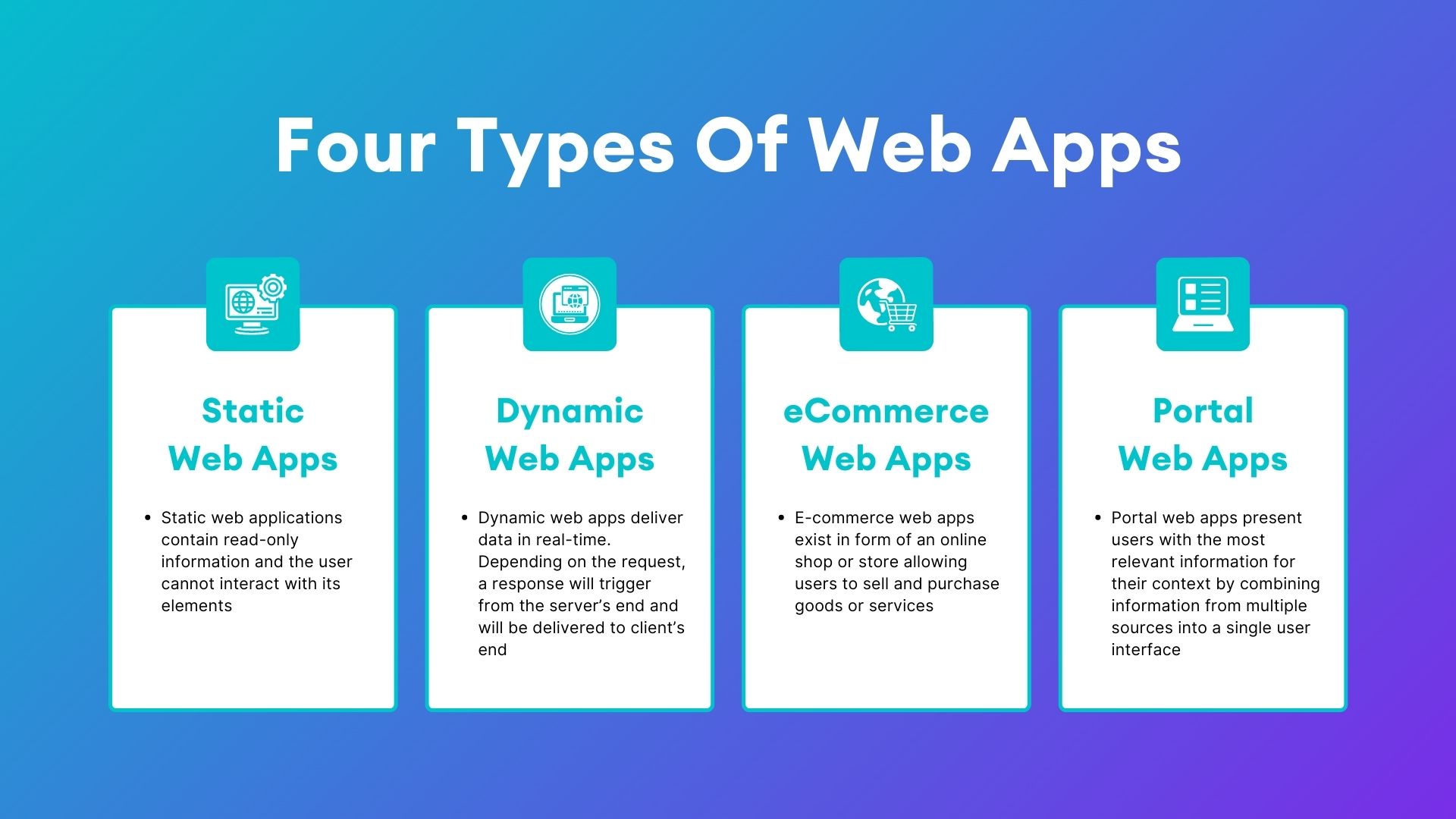What are Web Applications? Examples and How They Work
A web application (or web app) is a software program that operates through a web browser and is accessed over the internet. Unlike traditional desktop applications that require installation, web apps run on remote servers, allowing users to interact with them directly through their browsers without the need for downloads or manual updates. (Tadabase)
🧠 How Do Web Applications Work?
Web applications typically follow a multi-tiered architecture:(Wikipedia)
- Client Side (Front-End): This is the user interface that runs in the web browser, built using technologies like HTML, CSS, and JavaScript. It handles user interactions and displays information.
- Server Side (Back-End): This part processes user requests, performs operations, and interacts with databases. It’s developed using server-side languages such as PHP, Python, Ruby, or Node.js.
- Database: Stores and manages data used by the application. Common databases include MySQL, PostgreSQL, and MongoDB.
When a user interacts with a web app (e.g., submitting a form), the browser sends a request to the server. The server processes this request, communicates with the database if necessary, and sends back the appropriate response, which the browser then renders for the user.
🧩 Types of Web Applications
Web applications come in various forms, each serving different purposes:
- Static Web Apps: Deliver fixed content and are primarily informational. They are fast but lack interactivity.
- Dynamic Web Apps: Generate content in real-time based on user interactions or other variables. Examples include social media platforms and news sites.
- Single-Page Applications (SPAs): Load a single HTML page and dynamically update content without refreshing the page, providing a seamless user experience. Gmail is a notable example.
- Progressive Web Apps (PWAs): Combine the best features of web and mobile apps, offering offline capabilities, push notifications, and fast loading times.
- Portal Web Apps: Provide a personalized dashboard for users to access various services or information, such as student or employee portals.
- E-commerce Web Apps: Facilitate online buying and selling of products or services, like Amazon or eBay.
🌟 Examples of Popular Web Applications
- Google Docs: Allows users to create and edit documents collaboratively in real-time through a browser.
- Netflix: Streams movies and TV shows directly in the browser, adapting content based on user preferences.
- Trello: A project management tool that enables teams to organize tasks and workflows visually.
- Canva: Provides graphic design capabilities within the browser, catering to both professionals and novices.
- Spotify Web Player: Streams music without the need for a desktop application, accessible through any modern browser.
✅ Benefits of Web Applications
- Accessibility: Accessible from any device with an internet connection and a web browser.
- Cross-Platform Compatibility: Operate uniformly across different operating systems and devices.
- Ease of Maintenance: Updates and maintenance are performed on the server side, eliminating the need for user intervention.
- Cost-Effective Deployment: No need for users to install software, reducing distribution and maintenance costs.
- Scalability: Easily scalable to accommodate growing user bases and data volumes.
Web applications have revolutionized the way we interact with software, offering flexibility, scalability, and accessibility that traditional desktop applications can’t match. Whether you’re checking your email, streaming a movie, or managing a project, web apps play an integral role in our daily digital experiences.






